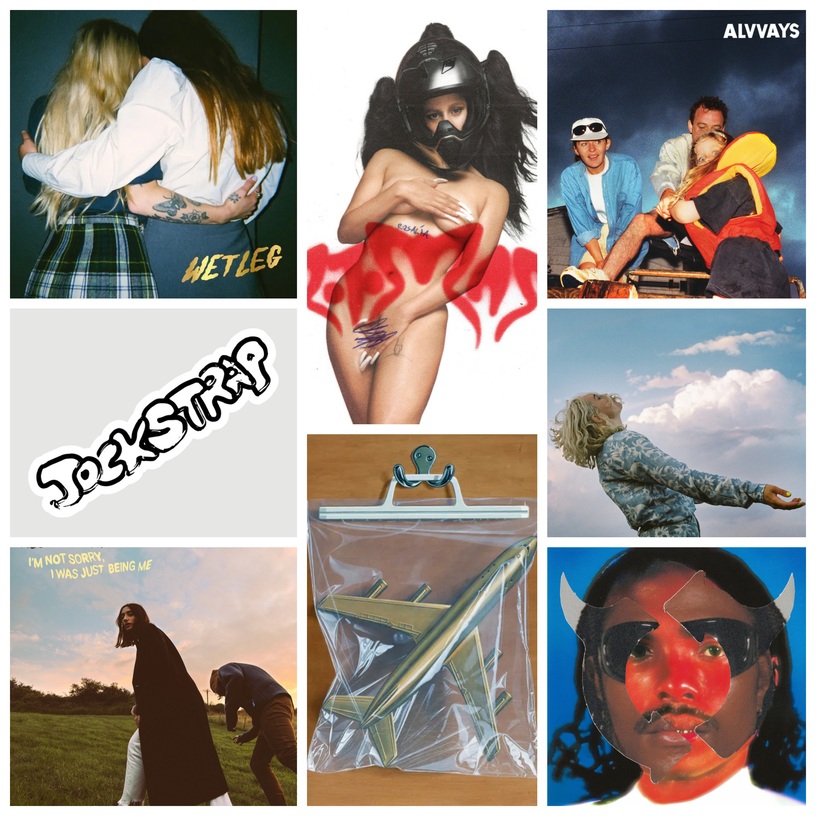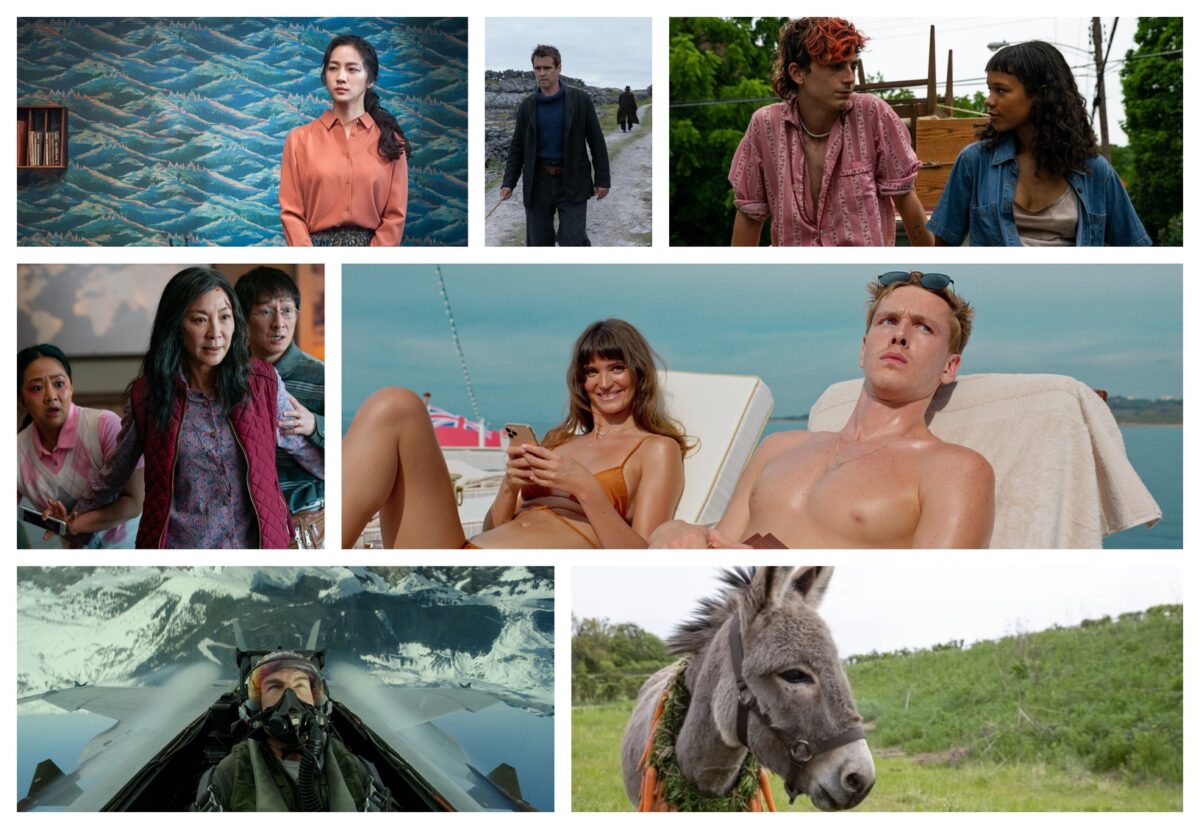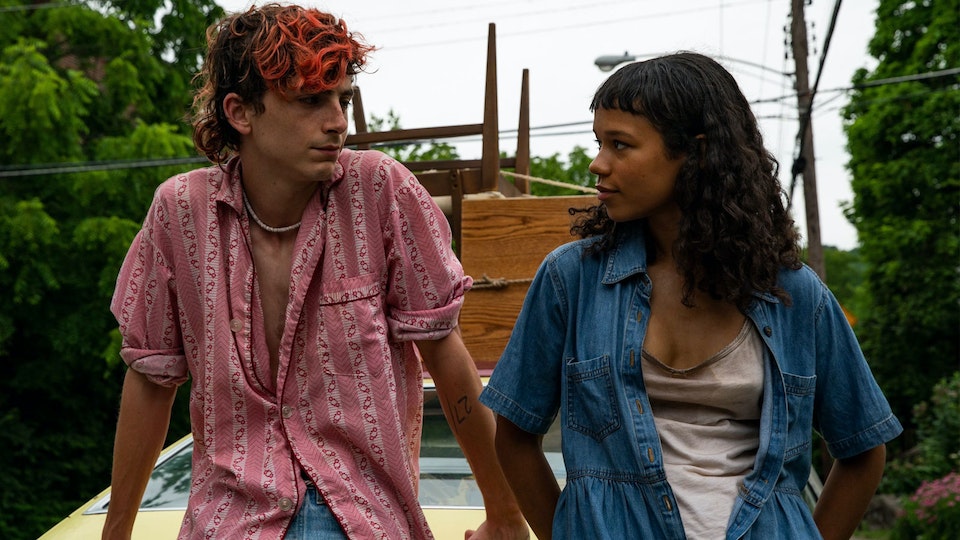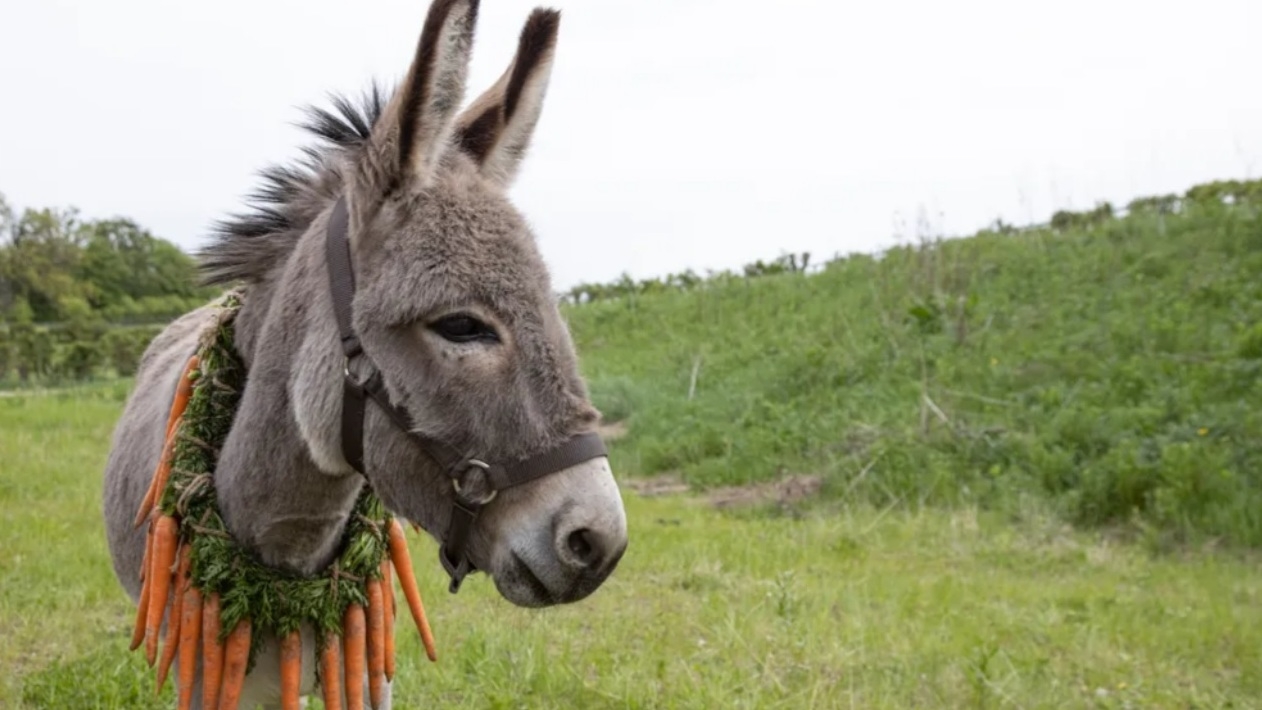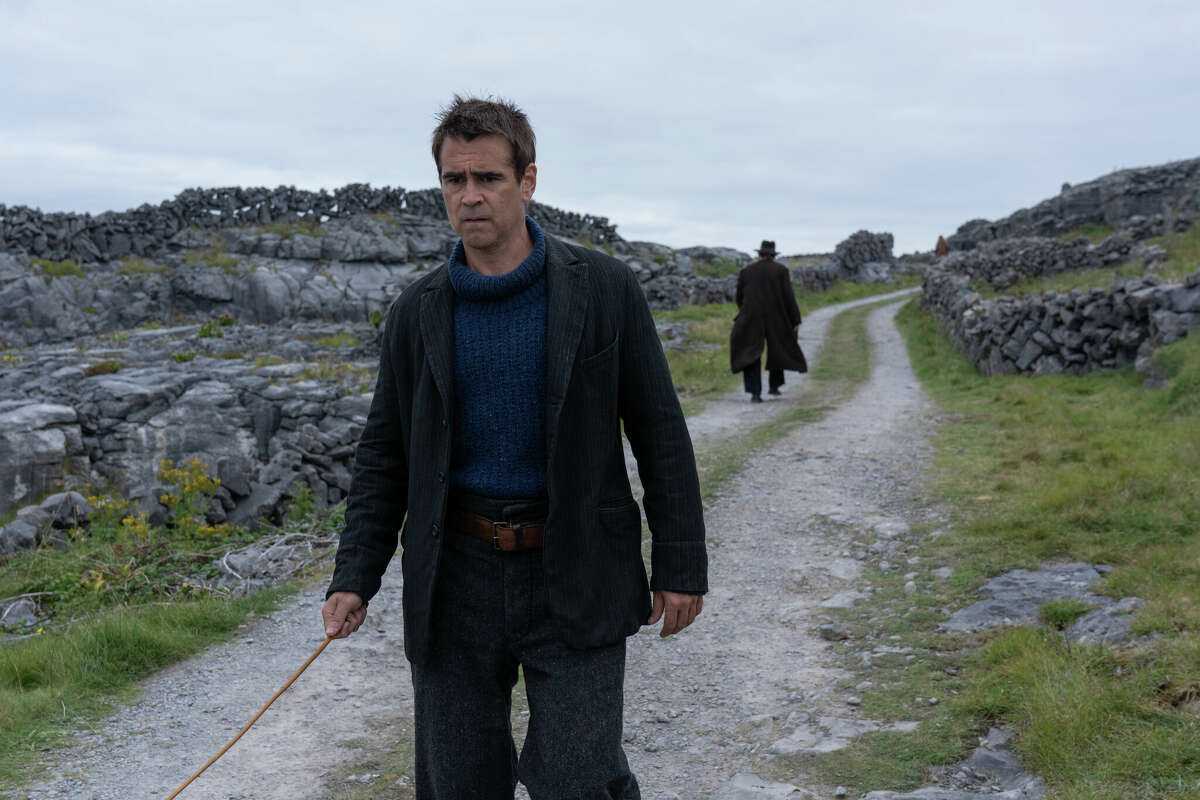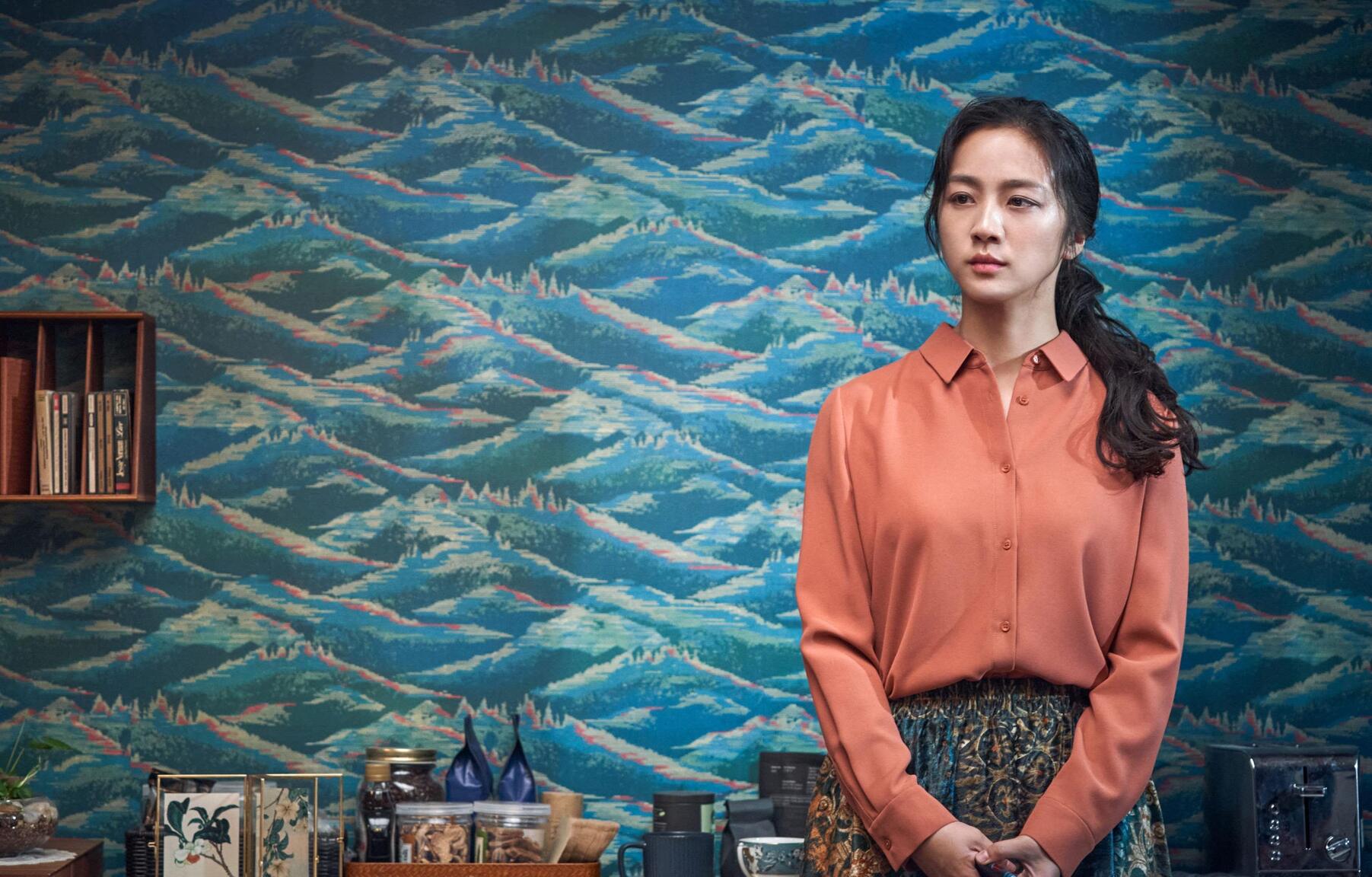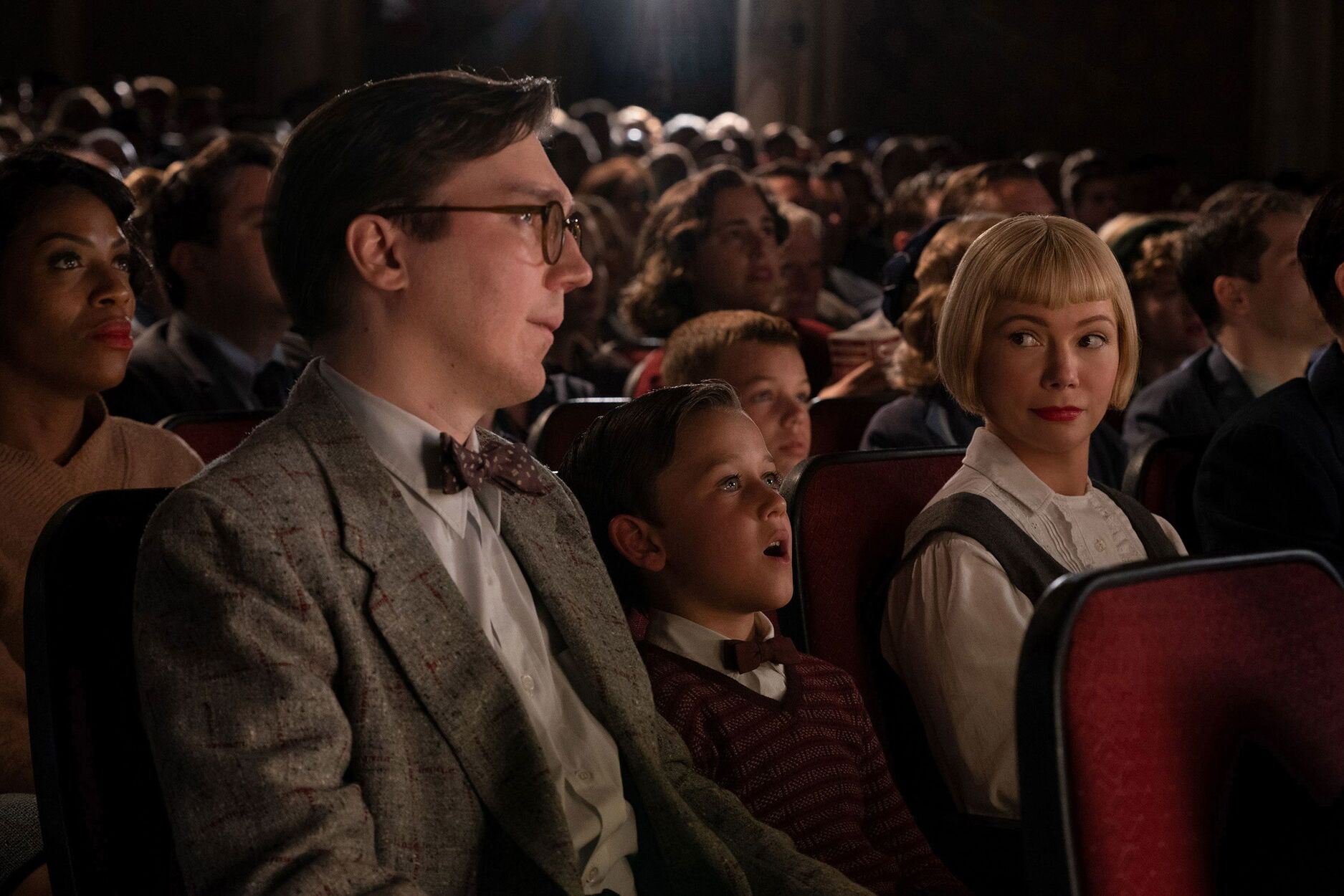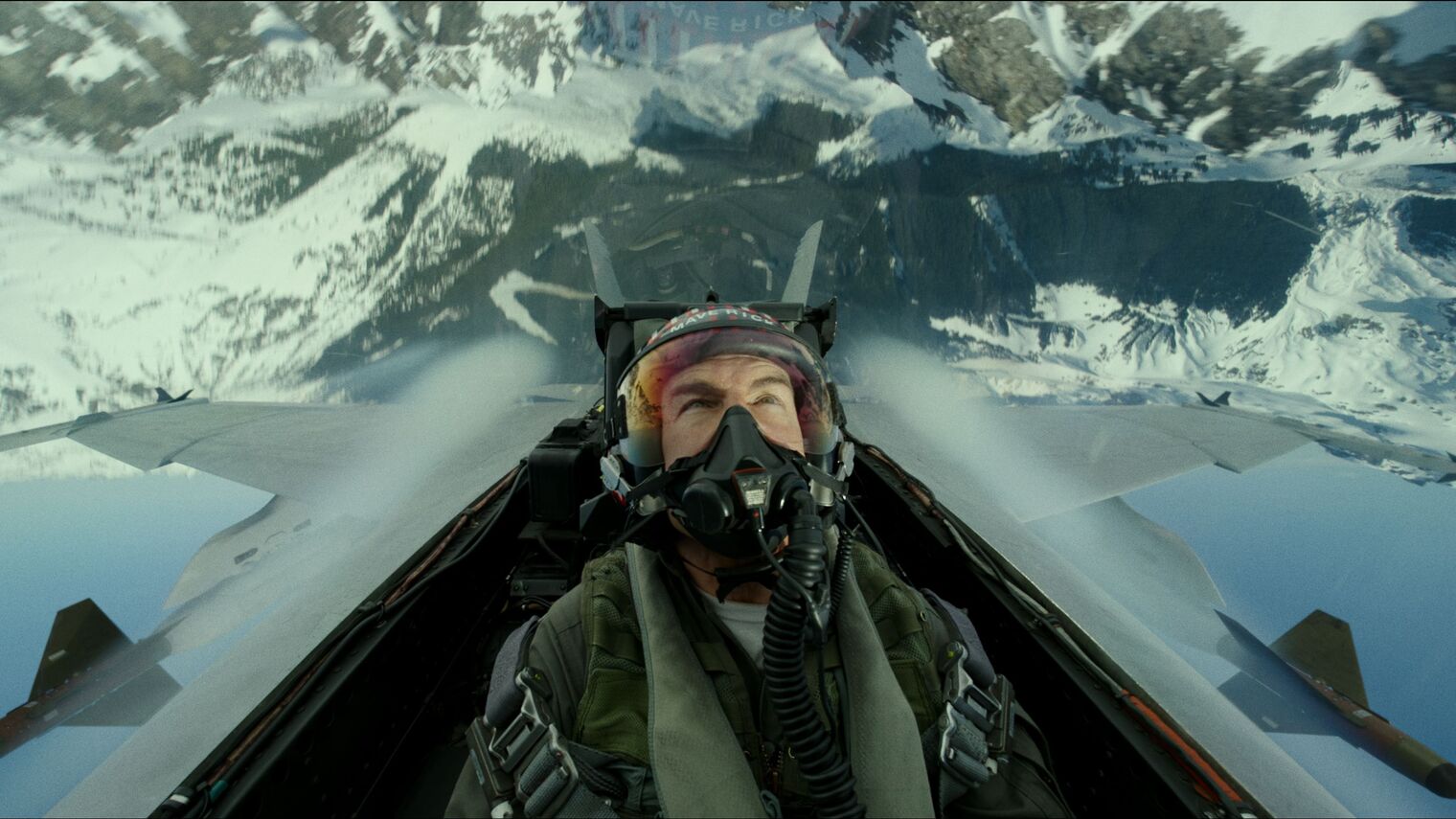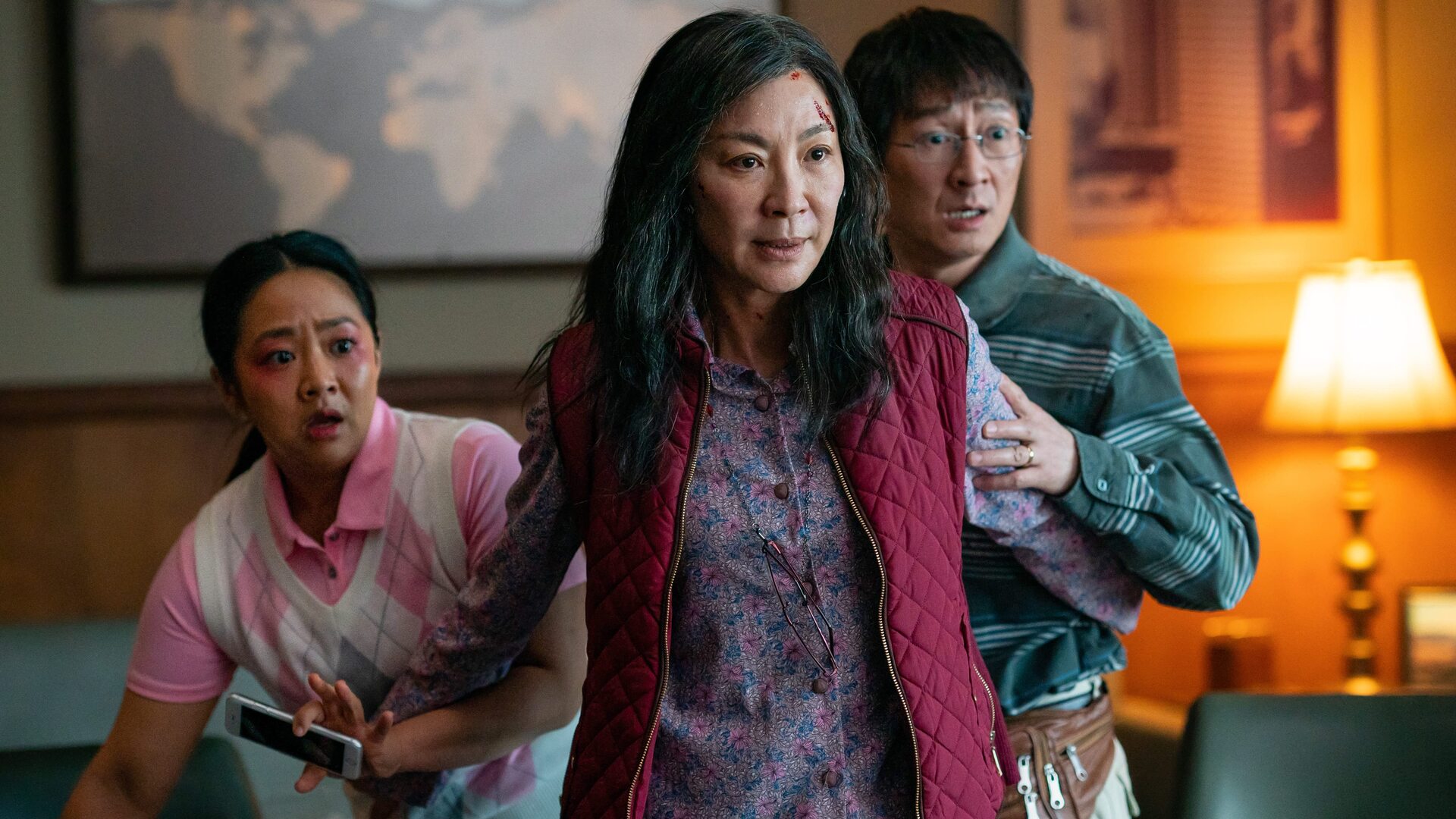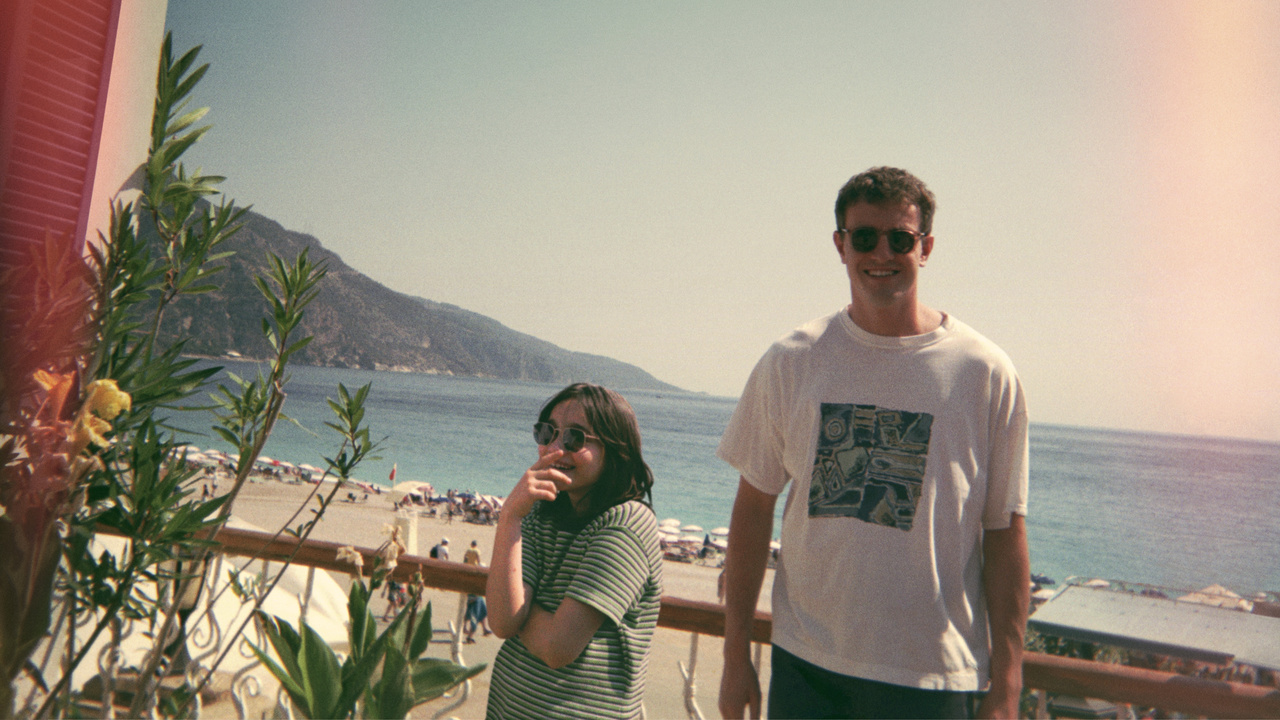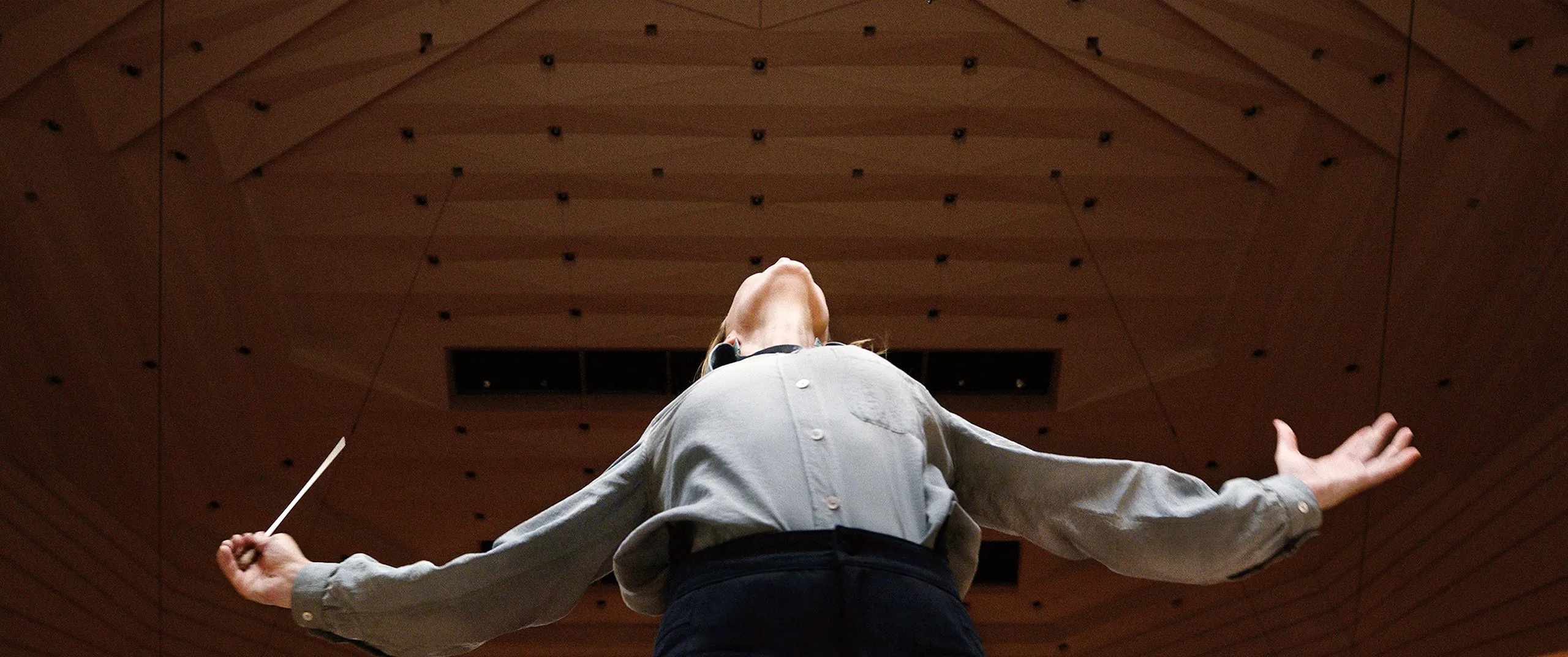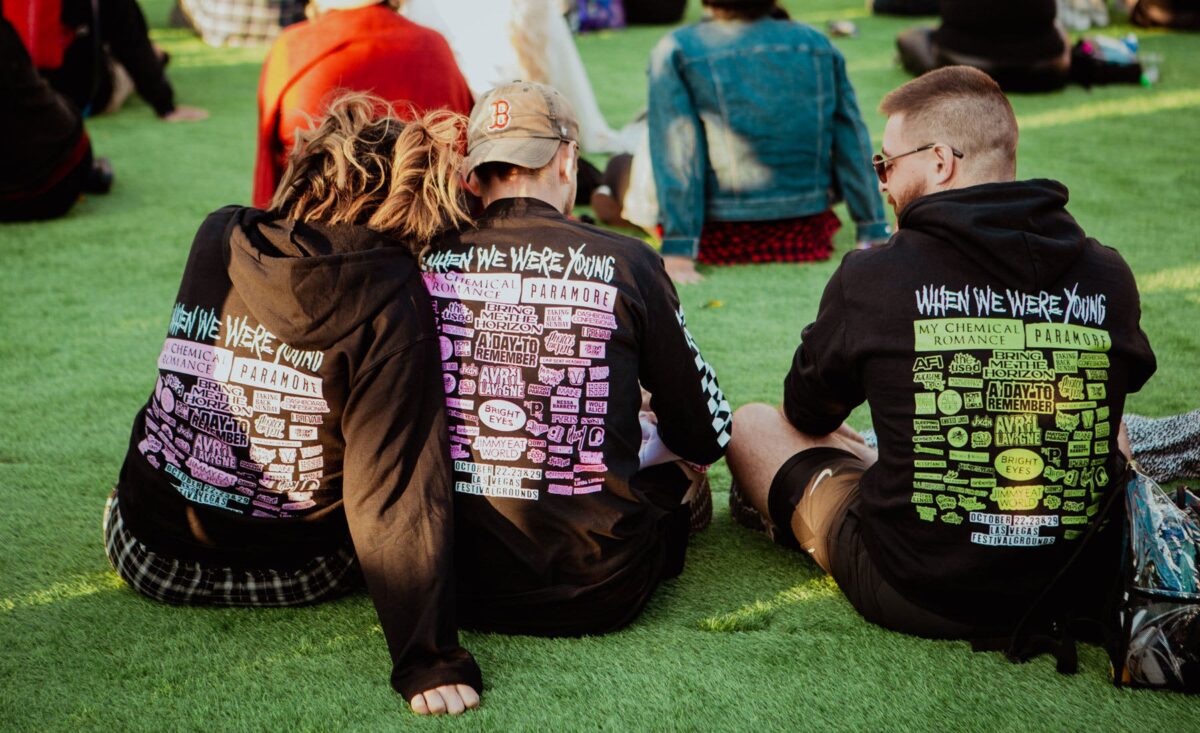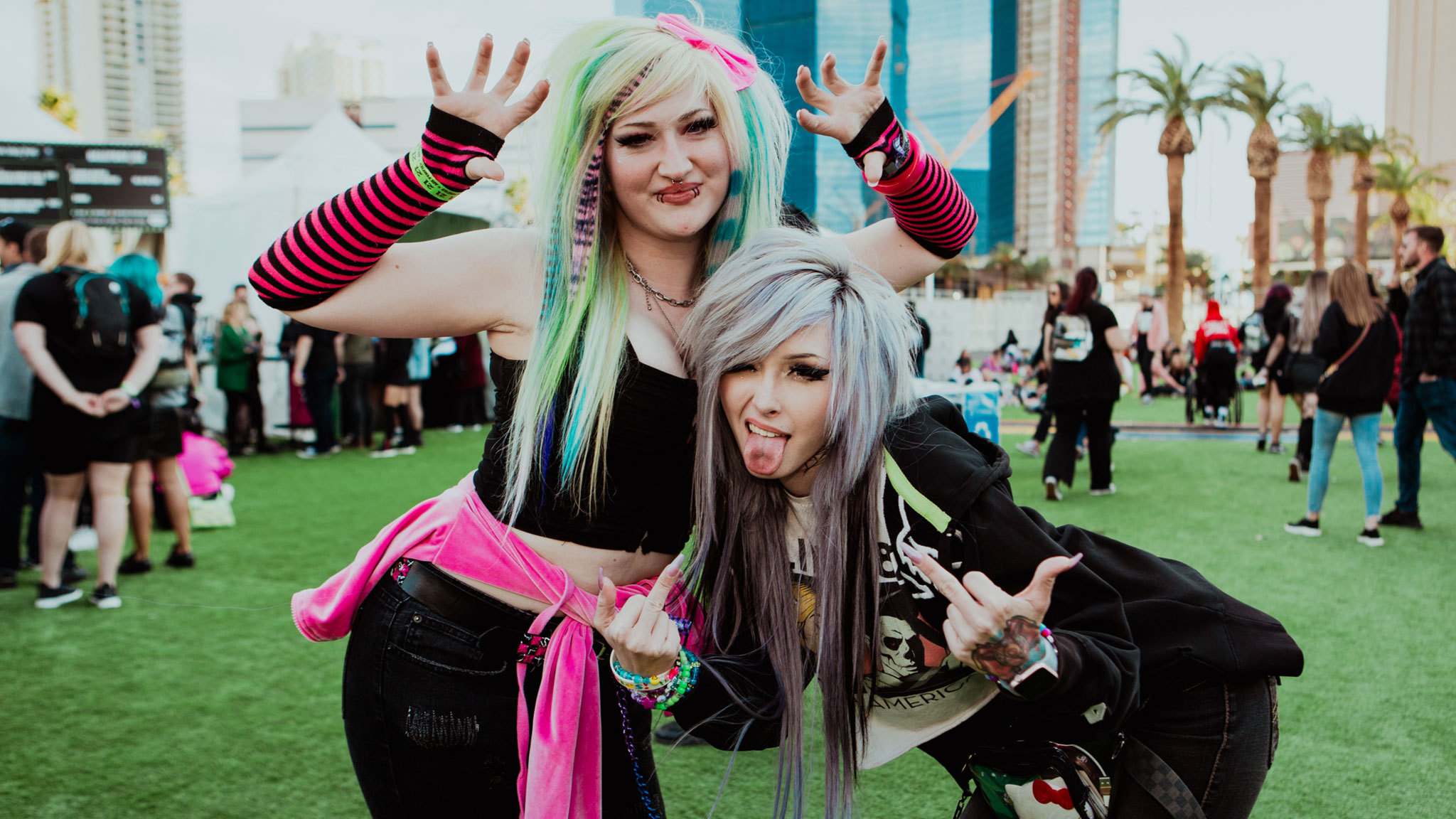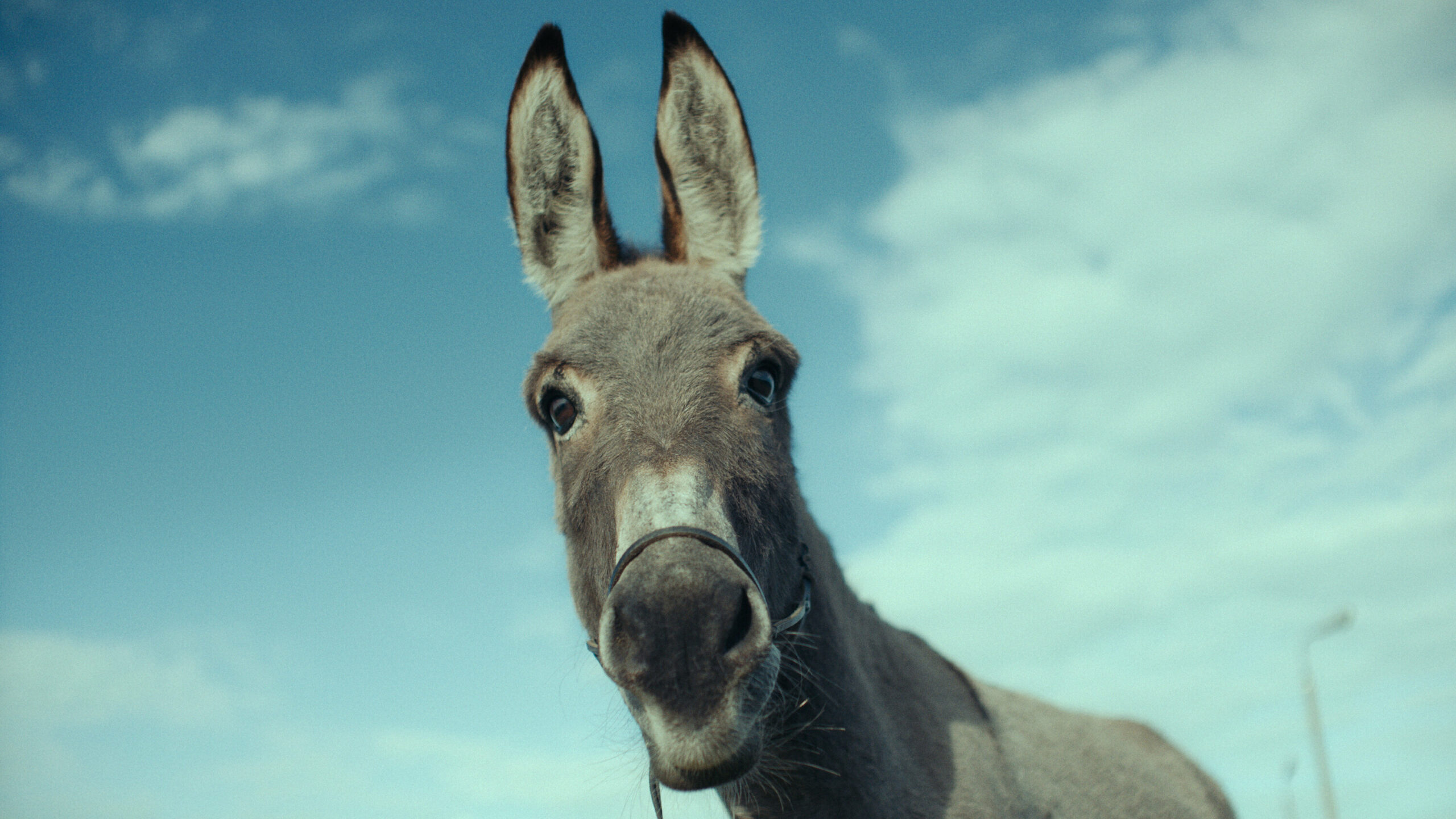We’ve witnessed the hard downfall of music titans, the rise of others, all bringing into focus one single, important question: can we separate art from the artists? Depends on who you are. Sometimes it’s doable. Sometimes it’s downright unforgivable. 2022 made us ask ourselves a lot of these questions, all while incorporating the act of questioning the artist into the music itself. This year, reggaton reigned supreme, lo-fi indie-rock suddenly became not so lo-fi, and electronic dance found ways to borrow and re-invent itself. Artists not only challenged themselves, but challenged audiences in how they thought about and perceived them, the result being the most modern approach to music production we’ve seen this millennium. Here are the 10 best albums of 2022.
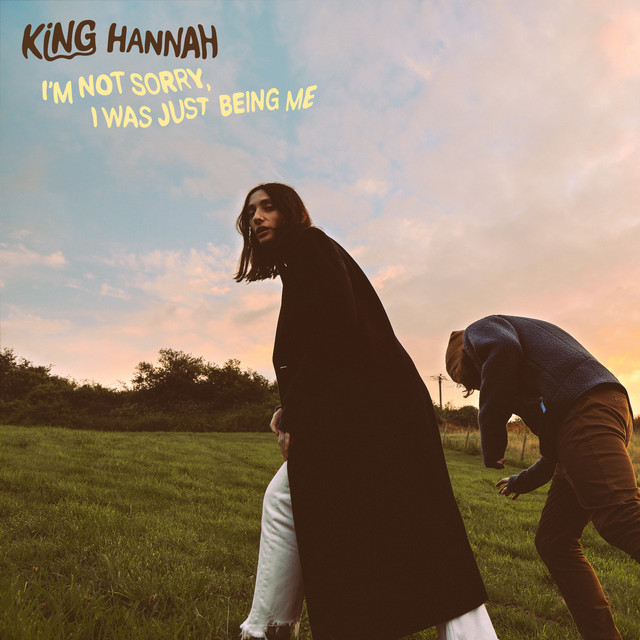
10. KING HANNAH – I’m Not Sorry, I Was Just Being Me
Earlier this year, Liverpool duo King Hannah took to the stage at LA’s Moroccan Lounge. The air was incendiary, the crowd positive, and the sound unique. After ripping through their opener “Well-Made Woman,” vocalist Hannah Merrick quivered, “Wow, hi, sorry we’re nervous, we weren’t expecting so many people.” The house lights came on, to which there was only about 15 people in the audience.
There was something genuine about that show. It felt like the perfect live representation for the album’s intimate, delicate soundscape. Part Portishead, part PJ Harvey, part trip-hop, part acid jazz, I’m Not Sorry, I Was Just Being Me is a solitary album that takes you to a place as it uses its tools wisely. Unapologetic in its approach, the album title speaks for itself: it’s another way of saying, “You all don’t have to agree on me, but I’m gonna do my thing.” And when they conjure up that feeling like a kindle of fire, in performance, with everywhere to spread, they could be one of the greatest duos in the world.

9. BLACK COUNTRY, NEW ROAD – Ants From Up There
Georgia Ellery has had quite the busy year. Aside from fronting her other band Jockstrap, she also had a hand in Black Country, New Road’s sophomore (and rumored to be last) album, Ants From Up There. And on her main instrument no less, the violin. But it’s hard to pin down what’s really at the heart of this record. It flourishes with lush instrumentals that seem to drift and sway all around you until you feel like you’re in the middle of an instrumental cyclone. But that’s perhaps the best part of this record – you don’t mind getting lost in it. In fact, it implores you to get lost in it. Soon enough, woodwinds sound like brass, strings get mistaken for percussion, and keys take the place of vocal melodies. It’s a very complex, post-rock record: you can practically feel how much time was spent on it in the intricacies of its layers. But the best way to listen to it? Pick a song from random, loop the album, and just let everything wash over you.
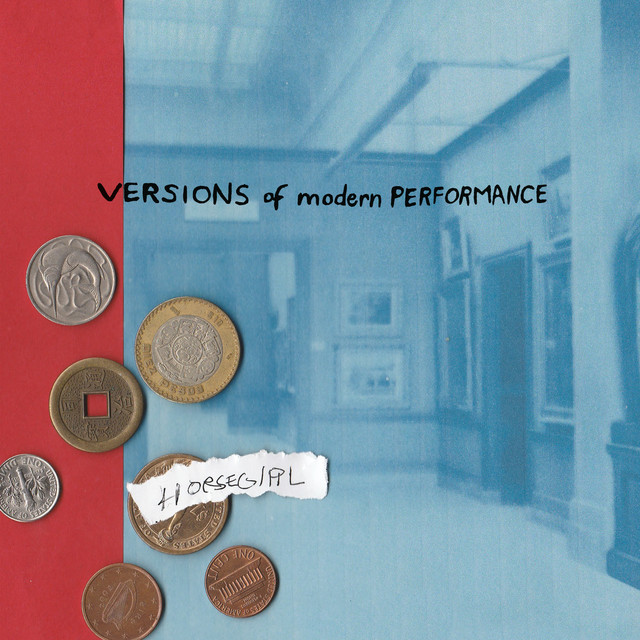
8. HORSEGIRL – Versions of Modern Performance
Chicago’s Horsegirl made an impressive run up to their debut album, Versions of Modern Performance, via a good amount of international airplay. Having established a growing audience overseas, one could easily mistake them as British (even we could’ve sworn they were British). Low-end, clean electric guitars, lyrics that seem far more mature than they could reach, it’s like something straight out of Interpol. Chicago never really got their “post-punk” band in the early 2000s, no band that truly rang with the heart of the city. But that changed with this record, although 20 years after the phenomenon. They sing of young romance, quarter-life existential dread, making a resonance with a city attachment that hasn’t been felt since Wilco’s Yankee Hotel Foxtrot. And for the first time in a long time, the streets of Chicago felt romantic again.
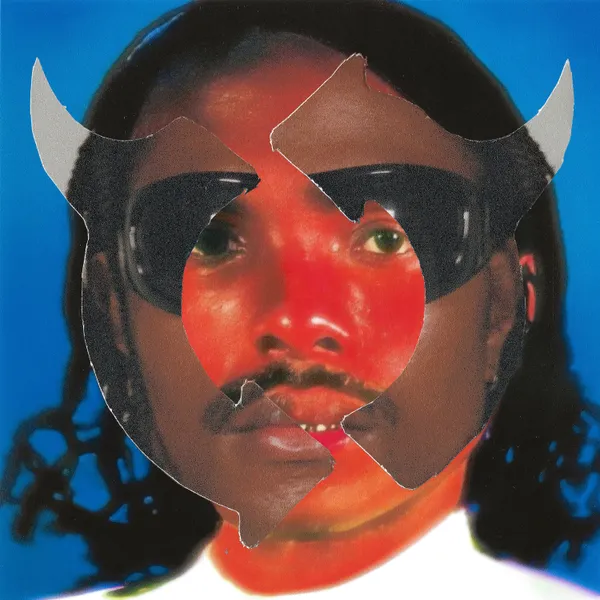
7. STEVE LACY – Gemini Rights
Lacy has made quite the trajectory over the last ten years since his time in The Internet, going from working with Vampire Weekend and Kali Uchis to his now seminal three album run. But Gemini Rights shows more of a maturity while still keeping a foot in his youthful radiance. There’s not a single minute on Gemini Rights that doesn’t allude to fate. Do you ever wonder what it takes, all the little moments that have to happen at exactly the right time, for two people to fall in love? The mission makes it feel nearly impossible, and Gemini Rights paints this phenomenon on a celestial backdrop. It really does feel like outer beings are in command of us outside of our control. Why do the circumstances have to happen in such way? It feels as if we have to relinquish our fate to something of a higher power. But when it does, it really feels as if stars are aligning (“But I could be your girlfriend/’Till retrograde is done.”) But Gemini Rights restores our faith in self-trust. No one’s going to tell us everything will turn out just as we planned, but we just have to trust ourselves that it’ll all turn out alright. Because it always does.

6. HAAi – Baby, We’re Ascending
Australia’s HAAi quickly came up in the electronic dance scene this year, not only because of her collaboration with Jon Hopkins, but due to her unique blend of eclectic electronic music. Drum ‘n Bass, jungle house, and UK garage all surface on this record, amongst others, lending to a seamless sonic journey through a record that doesn’t quite end where it begins, a natural flow of what feels like bouncing around a multi-room club like London’s Printworks or Manchester’s Warehouse Project. But she finds the elements of each genre that complement each other. It’s an education through the history of electronic music in what feels like a brisk 60 minutes, and we should all be signing up for the course.

5. JOCKSTRAP – I Love You Jennifer B.
As the linear expanse of original music production continues, as we embrace new technologies, new techniques to express ourselves, we begin to leave behind new methods as well. Then, this pool of old tech will eventually come back into fashion. What begins to happen, is that we start to contextualize it: not see it as “old” or “new,” but instead see them as tool sets, different muscles to lean on, and use the “old” as an instrument itself.
I don’t think Georgia Ellery and Taylor Skye knew what they were cooking up when they started jamming at London’s Guildhall School of Music. Ellery, a violin player, and Skye, a synth geek, were only using the tools they had available to them, but stood far away enough from the source material to arrange their placements where they saw fit. I Love You Jennifer B. has these, too. With an influence from Tori Amos and Joni Mitchell just as much as Aphex Twin or Squarepusher, the album takes elements of these varying sources and arranges them to live together peacefully. Theoretical musicians will be studying this album for years to come, which already feels like an ancient relic.
For an album that sounds so much like the future, it maintains a foothold in the traditional. Ellery’s lyrics elevate these stylistic grooves to actual formulaic songs, baring such elements that one can dare call them a singer/songwriter’s. But it’s not. This is electronic music used emotionally; the last brace of human touch before surrendering to an electronic world.
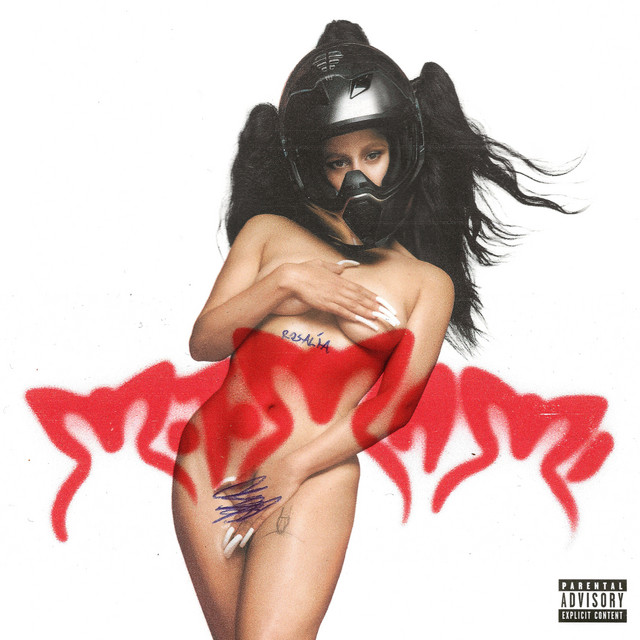
4. ROSALíA – Motomami
In all its glitch-poppiness, Motomami works best when you think of it in its different modes of apparition. In its chopped-and-screwed state, it feels like there could be many versions of each song on the album. Just like how one could argue the best version of a movie is all the dailies strung together, one could argue the same with this record with its varied takes in full strung together. But its choppiness is where it finds its rhythm. I honestly could not tell you what she’s singing or spitting about, but her aggressive delivery lets me know that it’s coming from a place. But within it, she paints a disjointed portrait of herself, asking us to put the pieces together. Motomami feels like such a futuristic modern art piece that some people won’t be able to relate to or interpret it (even for us it had to be an acquired taste). Some will be frustrated with it, or perhaps, she’s just building the foundation for something new.
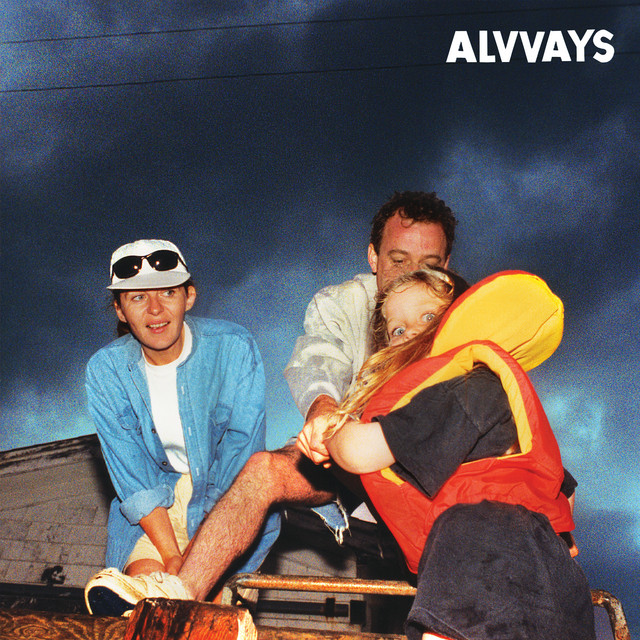
3. ALVVAYS – Blue Rev
This album conjures up many images: the dissolve of a relationship, the smell of your first car, wind in your hair, the last summer before college. Alvvays has been on a steady rise the past eight years making their way around the college radio circuit early on, but nothing could have foreshadowed the sonic depth they would arrive at on Blue Rev. Its sound harks back to how a good an alt-rock band sounded like in the 90s – lots of guitars, lots of distortion, an analog shimmer, mixed in a way that doesn’t sound like mud nor does it sound like it can be achieved in any other fashion. Like the colored layers of technicolor film, the chemical reactions seep into each other to create a Kodachrome look for the ears: pastel, mosaic, light-trails across a screen that fade all too quickly but last long enough so we can cherish them, creating one of the best rock records of 2022.

2. WET LEG – Wet Leg
Wet Leg’s Wet Leg feels like a fever dream, a desperate longing to be somebody else: the perfectly flawed, unapologetic version of oneself. Hailing from the Isle of Wight, Rhian Teasdale and Hester Chambers took the rock scene by storm in 2022, easily becoming the most consistently talked about band ever since their first singles released earlier this year. Cheeky mumbled verses, epic guitar licks, undeniable charm, and British humor all fed into their rise regardless if you could relate to them or not (we didn’t even know what a chaise longue was until this year). But everyone should be able to relate to them, because Wet Leg is about becoming the best version of yourself you always wanted to be. And aside from all that, it’s just a phenomenal rock record from start to finish, each song better than the last.

1. BEYONCE – Renaissance
We could list the contributions made by the many collaborators on this album: Honey Dijon, Mike Dean, Giorgio Moroder… we could go into the specifics of the technological aspects or the complexities of these tunes. But more importantly, this album is a history lesson in dance music, a retribution in taking back your happiness and finding a way to fall back in love with yourself, time and time again. The weekend this record came out, one could hear it on just about every dance floor in every club in their city, a calling card to rally the troops and go into a zone where all time stops, biology ceases to age our bodies, no matter how brief (“Ass getting bigger…”). That’s what a dance floor can do to you, and if this record is playing – a seamless, constant 120 BPM – it feels as if everyone is the same age, all of our bodies in a race against time. This record doesn’t just use dance music as a genre, but as a vessel, an outlet to transport one’s mind into an ageless body, that thing we find ourselves to be so uncomfortable in most of the time that we forget how to love our flaws. It’s an opportunity to lose all inhibitions. We spend so much time trying to find a fictionalized version of ourselves within us, that we forget the key to finding our real selves has been on the dance floor all along. Go find it.
